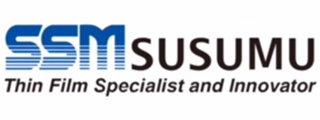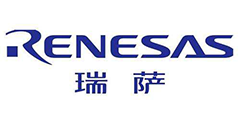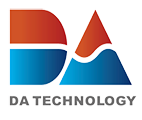- Ameya360 Component Supply Platform >
- Trade news >
- 112G, PCIe Gen4 Highlight DesignCon 2018
112G, PCIe Gen4 Highlight DesignCon 2018
DesignCon has always been a favorite because it's where you get to see the latest technology that will go into the latest technology. The highest-speed digital signals start here and make their way into data centers, long-haul networks, and short reaches across PCBs. At DesignCon 2018, a great deal of talk went into 112-Gbps links, called 112G.
Although 112G was all the rage, 56G was still in abundance. The difference is that NRZ signaling has finally reached its limit at 56G. At 112G, it's all PAM4. That's not to say that PAM4 isn't used in 56G, it's just that at 112G, it's all about PAM4.
Below, you'll find photos and video from several 112G demonstrations, which cover connectors and test equipment. Page 2 contains demonstrations on PCIe Gen4 test equipment. Page 3contains pattern generators and related test equipment from two small companies.
112G demonstrations
Connector and test-equipment companies have hit the ground (no pun intended) running with 112G demonstrations.
Samtc high-speed cables
Samtec's 112-Gbps demonstration featured its latest backplane cables. Photo by Martin Rowe.
In the video below, Samtec's Scott McMorrow explains how engineers get 112-Gbps transmission using PAM4.
TE Connectivity demonstrated a board that can run 112 Gbps using PAM4 modulation. It's being used for measurements as part of the next generation of Optical Internetworking Forum Common Electrical Interface (OIF CEI) standards. For more detail, see High-speed digital: 112 is the new 56.
TE Connectivity developed a board for making measurements on 112-Gbps backplane connectors and PCB traces. Photo by Martin Rowe.
With PAM4, 112G uses the same bandwidth as 56G NRZ. High-end oscillosocpes and signal analyzers can already handle the bandwidth, which is 28 GHz. That's because PAM4 provides two bits per symbol, and data is clocked on both rising and falling edges. Here, Keysight Technologies demonstrates 112-Gbps PAM4.
Keysight Technologies 112-Gbps demonstration used a Credo IC and a signal analyzer. Photo by Martin Rowe.
PCI Express Gen 4, which operates at 16 GT/s (T = transfers), became a reality in 2017. Test companies need to be on top of such developments. In this video, we see a test setup from Teledyne LeCroy. Not to be outdone, rival Tektronix also demonstrated its PCIe Gen4 test equipment.
Tektronix demonstrated PCIe Gen4 test with its BERTScope bit-error-rate tester. Photo by Martin Rowe.
BERTScope (see previous page) came to Tektronix when the company acquired SyntheSys Research in 2010. Synthesys founders Jim and Tom Waschura are back, having started BitWise Labs, which also exhibited at DesignCon. The company has developed a pattern generator, PAM4 combiner and decombiner, a bit-error-location analyzer, and a time-domain reflectometer, named STEPScope.
BitWise Labs, started by Jim and Tom Waschura, demonstrated a pattern generator, PAM4 combiner and decombiner, a bit-error locator, and a time-domain reflectometer. Photo by Martin Rowe.
BitWise equipment can be operated over a USB link or wirelessly, as demonstrated here with a tablet.
You can operate test equipment from BitWise Labs with a tablet. Photo by Martin Rowe.
Adsantec, another small California company, also demonstrated a pattern generator and combiner, showing both 32-Gbaud and 64-Gbaud signals.
Adsantec
Adsantec's pattern generators and combiners generate digital data streams up to 64-Gbaud PAM4. Photo by Martin Rowe.
Online messageinquiry
- Week of hot material
- Material in short supply seckilling
| model | brand | Quote |
|---|---|---|
| RB751G-40T2R | ROHM Semiconductor | |
| TL431ACLPR | Texas Instruments | |
| CDZVT2R20B | ROHM Semiconductor | |
| BD71847AMWV-E2 | ROHM Semiconductor | |
| MC33074DR2G | onsemi |
| model | brand | To snap up |
|---|---|---|
| TPS63050YFFR | Texas Instruments | |
| IPZ40N04S5L4R8ATMA1 | Infineon Technologies | |
| BU33JA2MNVX-CTL | ROHM Semiconductor | |
| BP3621 | ROHM Semiconductor | |
| ESR03EZPJ151 | ROHM Semiconductor | |
| STM32F429IGT6 | STMicroelectronics |
- Week of ranking
- Month ranking
Qr code of ameya360 official account
Identify TWO-DIMENSIONAL code, you can pay attention to


Please enter the verification code in the image below:






















